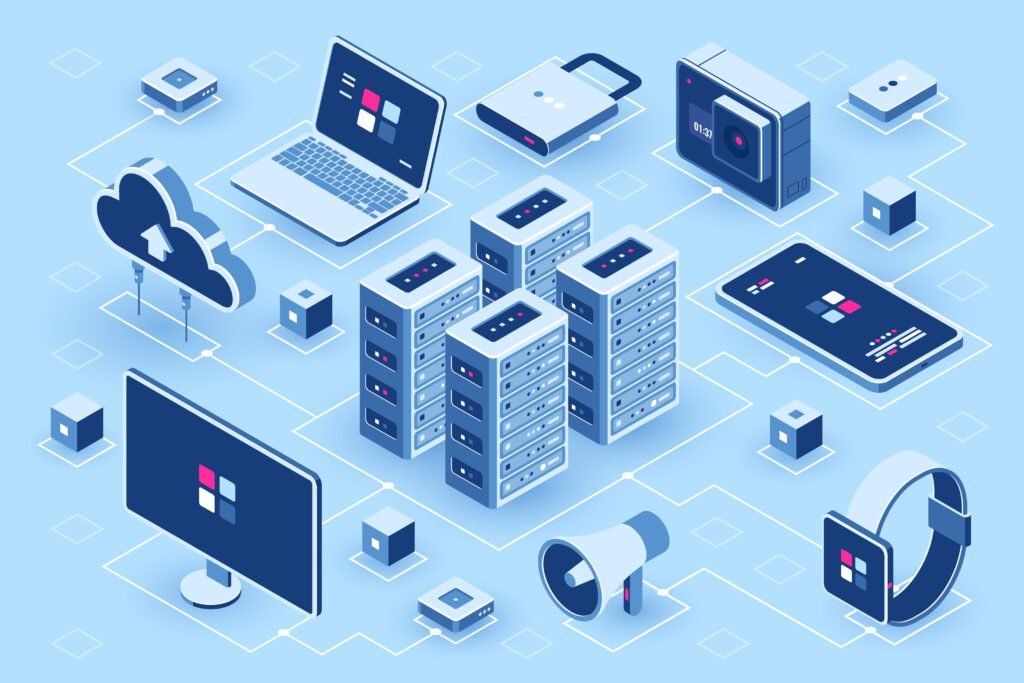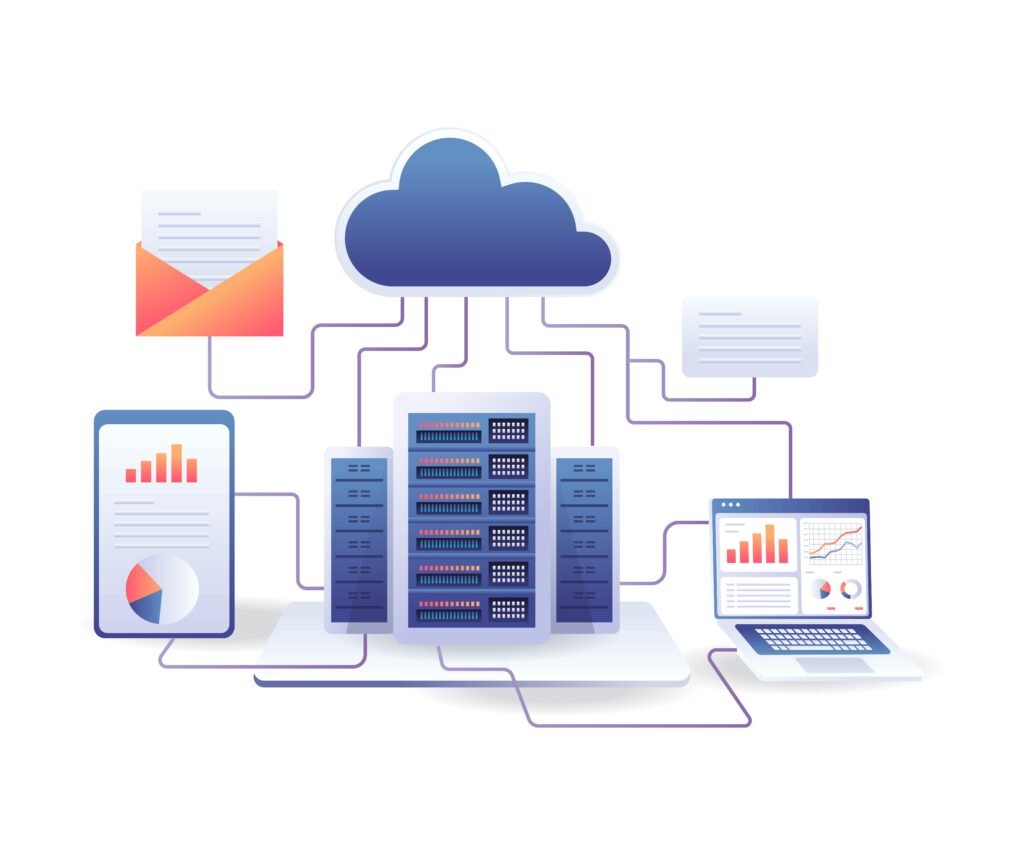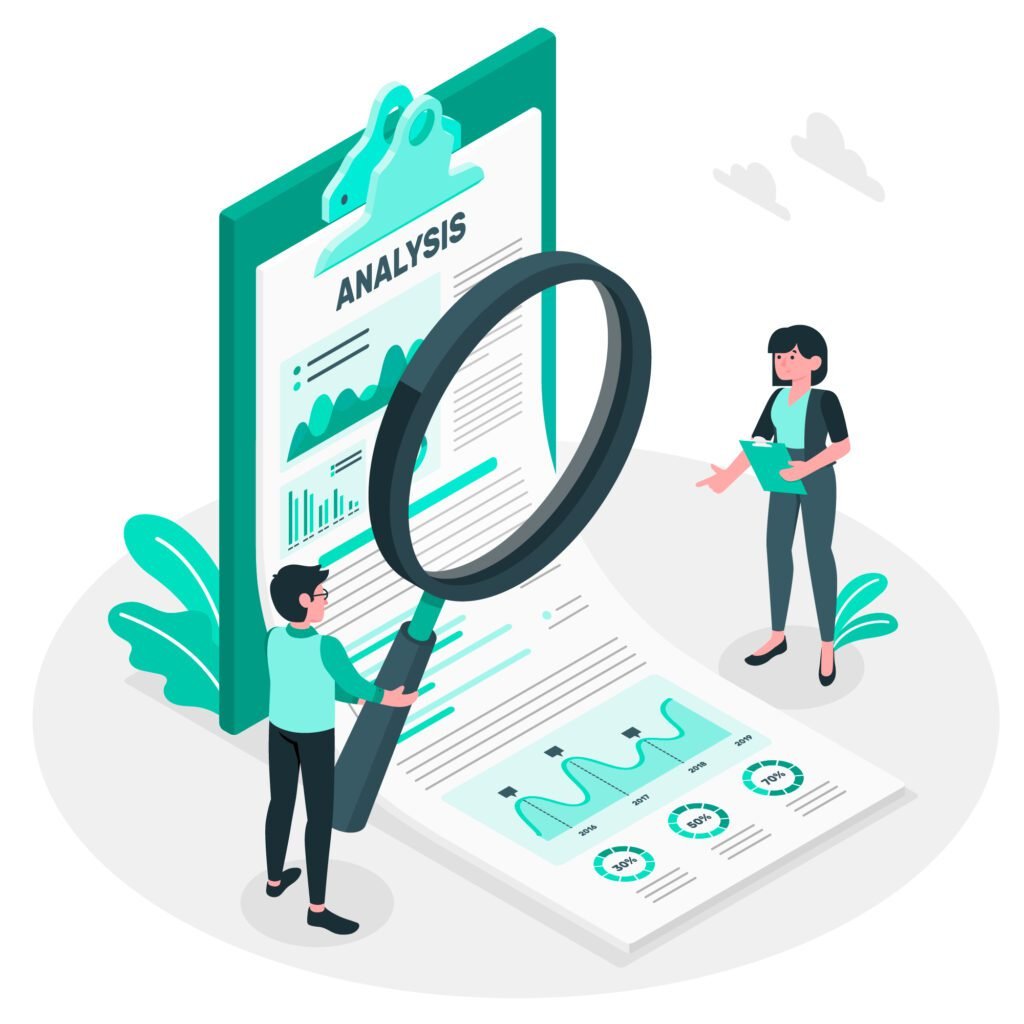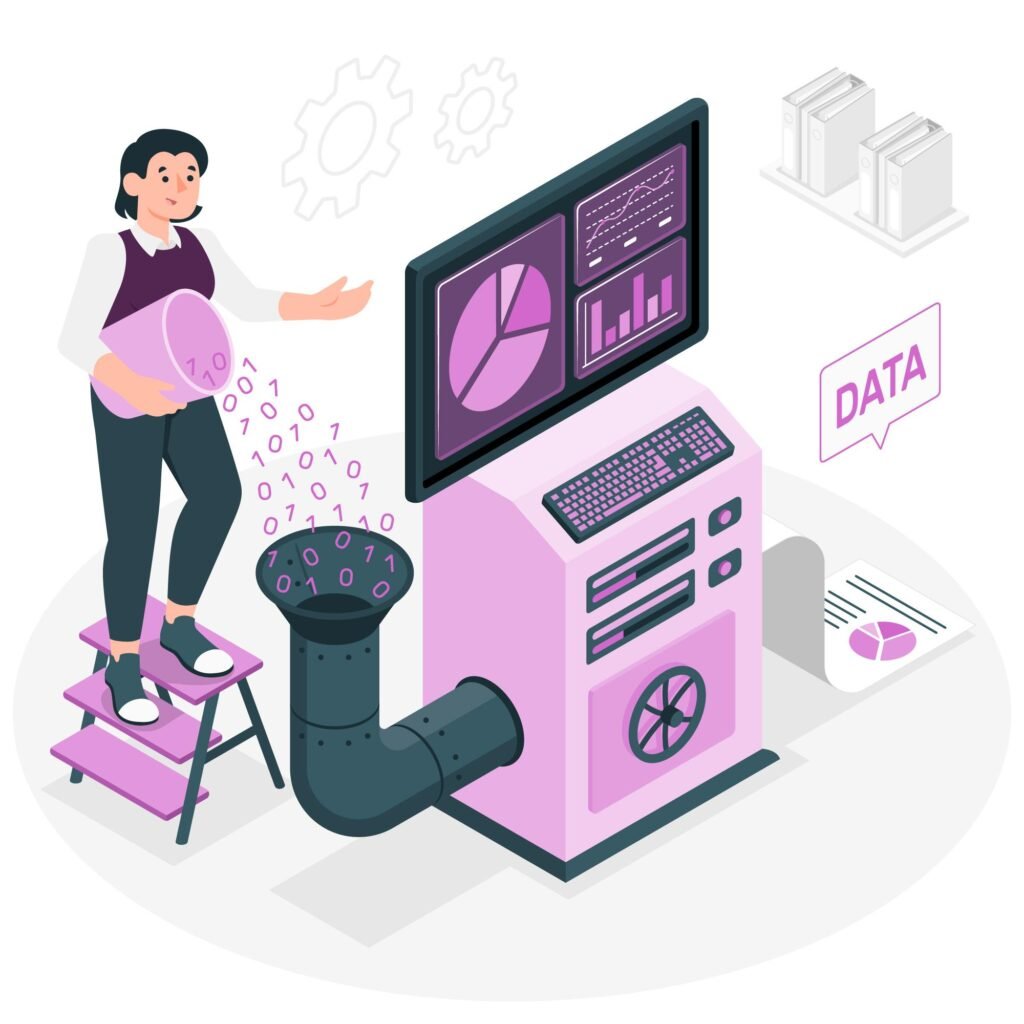Analytics In Action: Pioneering Patient Wellness In The Healthcare Sector
In the healthcare industry, a significant challenge revolves around ensuring positive patient outcomes while optimizing resource allocation. Healthcare providers face the complex task of delivering effective treatments and interventions to improve patient health while managing the costs and resources associated with healthcare services. Predicting patient outcomes accurately and proactively addressing potential issues are critical for enhancing overall healthcare delivery.

Enhancing Patient Outcomes through Data-Driven Insights
Data analysis offers a transformative solution to the challenges in patient outcome management. By leveraging historical patient data, treatment records, and health metrics, healthcare providers can implement predictive analytics models. These models can identify patterns and factors influencing patient outcomes, enabling proactive interventions and personalized treatment plans.
Predictive Modelling for Early Intervention:
Data analysis allows healthcare professionals to develop predictive models that identify high-risk patients. By analyzing historical data, patterns leading to adverse outcomes can be recognized early, enabling timely interventions, and improving the chances of positive outcomes.
Personalized Treatment Plans:
Data-driven insights enable the creation of personalized treatment plans based on individual patient characteristics, medical history, and response to previous interventions. This personalized approach enhances the effectiveness of treatments and reduces the likelihood of adverse reactions.

Resource Optimization:
Through data analysis, healthcare providers can optimize resource allocation by predicting the healthcare services and interventions most likely to positively impact patient outcomes. This ensures that resources are efficiently directed toward strategies that yield the greatest benefits for patients.
Continuous Monitoring and Feedback Loop:
Implementing data analytics allows for continuous monitoring of patient progress. By establishing a feedback loop, healthcare providers can adapt treatment plans in real-time based on ongoing data analysis, ensuring that interventions remain aligned with changing patient needs.
Benchmarking and Best Practices:
Comparative data analysis enables healthcare organizations to benchmark their outcomes against industry best practices. Identifying successful approaches through data-driven insights facilitates continuous improvement in patient care strategies and overall healthcare delivery.
This strategic approach allows for early intervention, ensuring positive outcomes, while personalized treatment plans mitigate risks and enhance overall effectiveness. Resource optimization, guided by data analysis, not only enhances efficiency but also contributes to cost-effectiveness. The establishment of a continuous monitoring and feedback loop fosters adaptability to evolving patient needs, creating a responsive and patient-centric healthcare environment.

In the complex healthcare landscape, optimizing patient outcomes is crucial. Codehive, at the forefront of data analysis and business intelligence innovation, addresses this challenge. Our solutions redefine patient outcome management, providing predictive modeling, personalized treatment plans, and resource optimization. Codehive empowers healthcare providers to elevate standards of care through strategic data use.
Contact Us to transform your healthcare delivery, unlocking the full potential of data for meaningful insights and transformative outcomes.

























